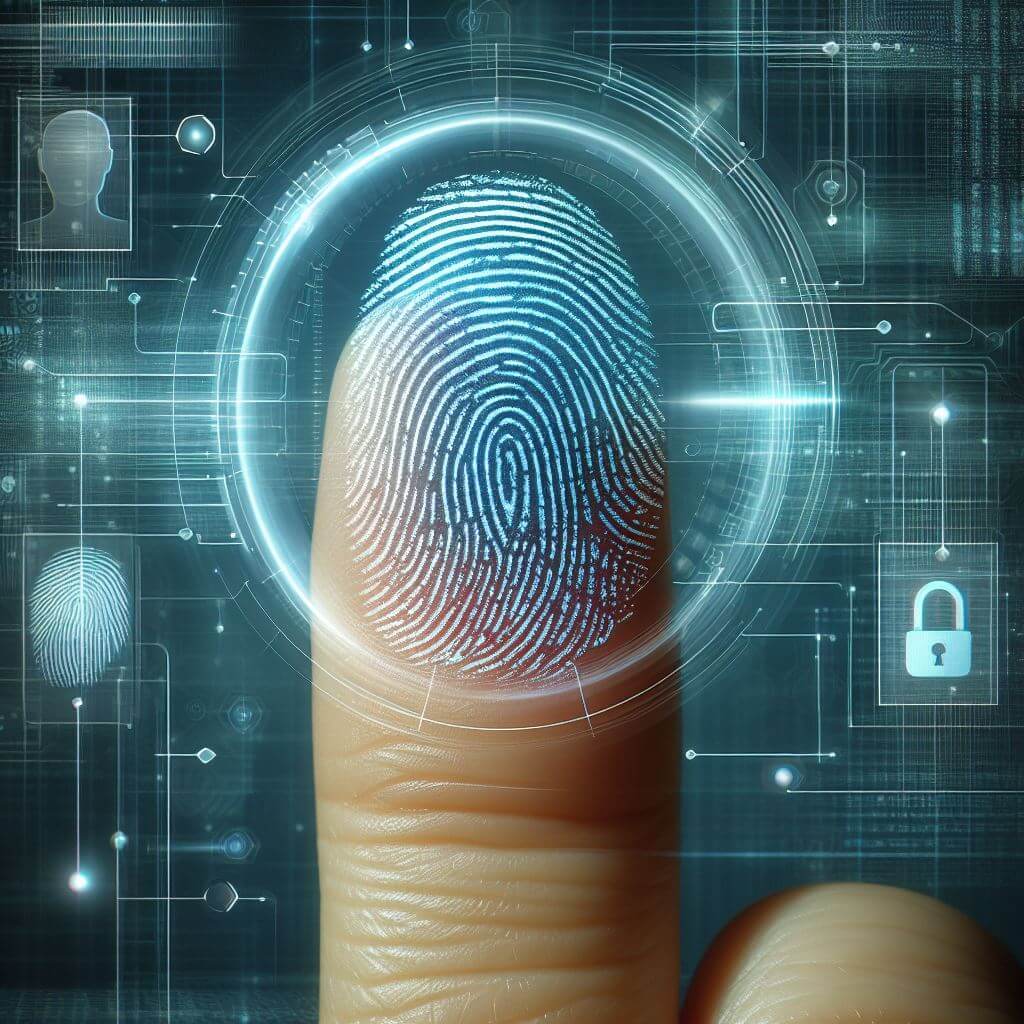Conventional fingerprint recognition methods often fail when it comes to identifying unique characteristics in smaller areas. Such compact segments are commonly found as parts of large print, especially at crime scenes. These limitations make it difficult to achieve accurate identification, reducing the value of fingerprints as evidence.
 To address these issues, a recent study published in the International Journal of Data Mining and Bioinformatics presents an improved approach using machine vision optimized for smaller fingerprints. This innovation promises to overcome obstacles faced by forensic scientists and improve the accuracy of fingerprint detection. In addition, this technology has potential applications for improving biometric security infrastructure.
To address these issues, a recent study published in the International Journal of Data Mining and Bioinformatics presents an improved approach using machine vision optimized for smaller fingerprints. This innovation promises to overcome obstacles faced by forensic scientists and improve the accuracy of fingerprint detection. In addition, this technology has potential applications for improving biometric security infrastructure.
Researchers Qiqun Liu and Tan Liu of the Henan Vocational College of Agriculture in Zhengzhou, Henan, China, have introduced this new technique to improve the detection of defining features in compressed areas of fingerprints. Their method goes beyond traditional practice by focusing on peripheral points. At the heart of their methodology is a new descriptor that evaluates the estimated values of key fingerprint characteristics. Using this tool, the system identifies complex feature points and creates what’s called a frequency field, which acts as a guide to improve the resolution of smaller-scale fingerprint images. Further steps involve extracting subtle attributes from these enhanced images.
The experimental data of the researchers testify to the high efficiency of this technique. This makes it possible to extract detailed characteristics from fingerprints that were previously difficult to decipher, reducing the average identification time to less than a minute – a significant improvement over older methods that take significantly longer for similar samples. The technology distributes the dots more evenly, perfectly drawing patterns around the perimeter of fingerprints.
The implications of this cutting-edge machine vision technology could extend far beyond forensics, benefiting workplace security and access control. The leaps in both speed and accuracy afforded by this new approach could significantly improve the reliability of biometric authentication systems.
